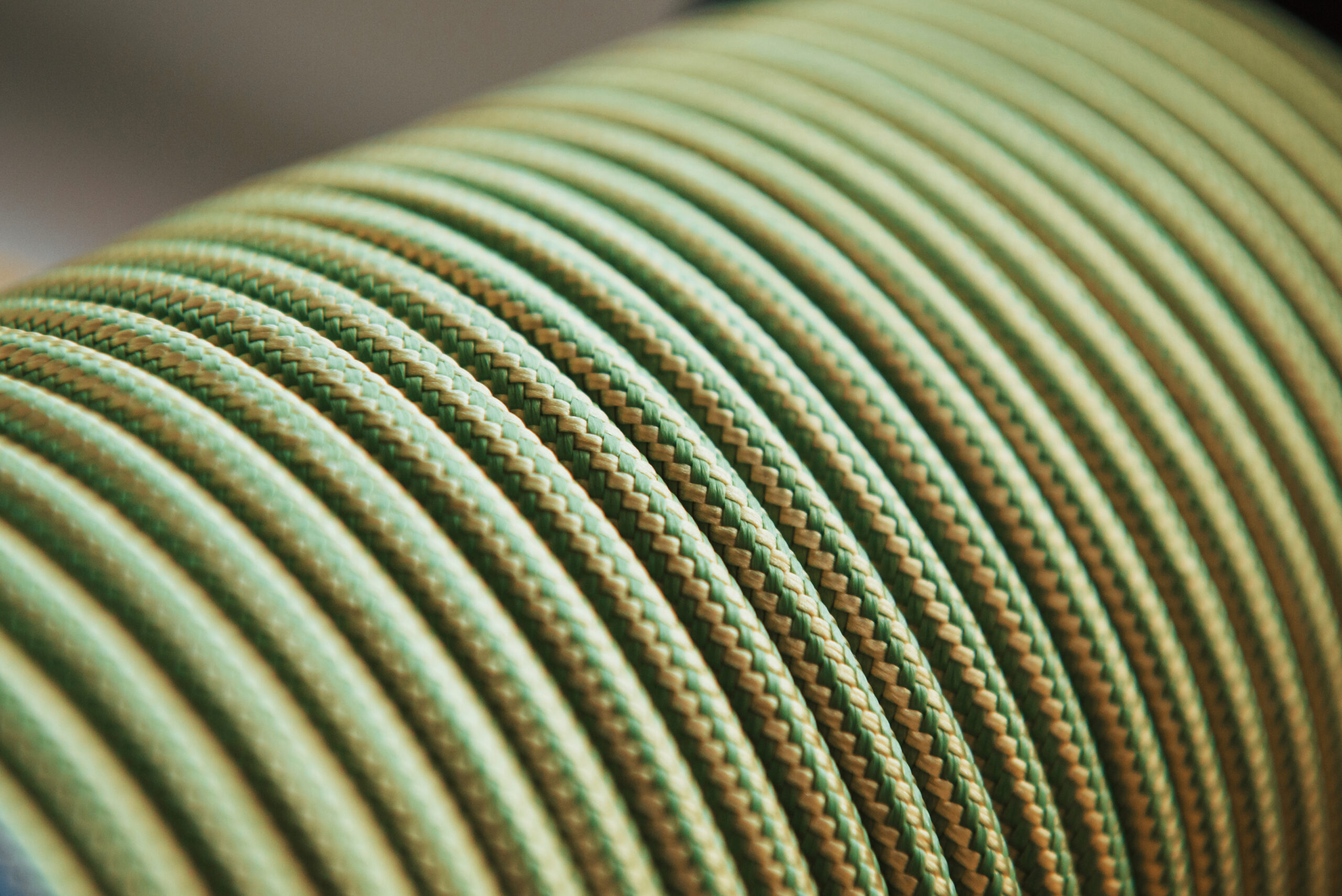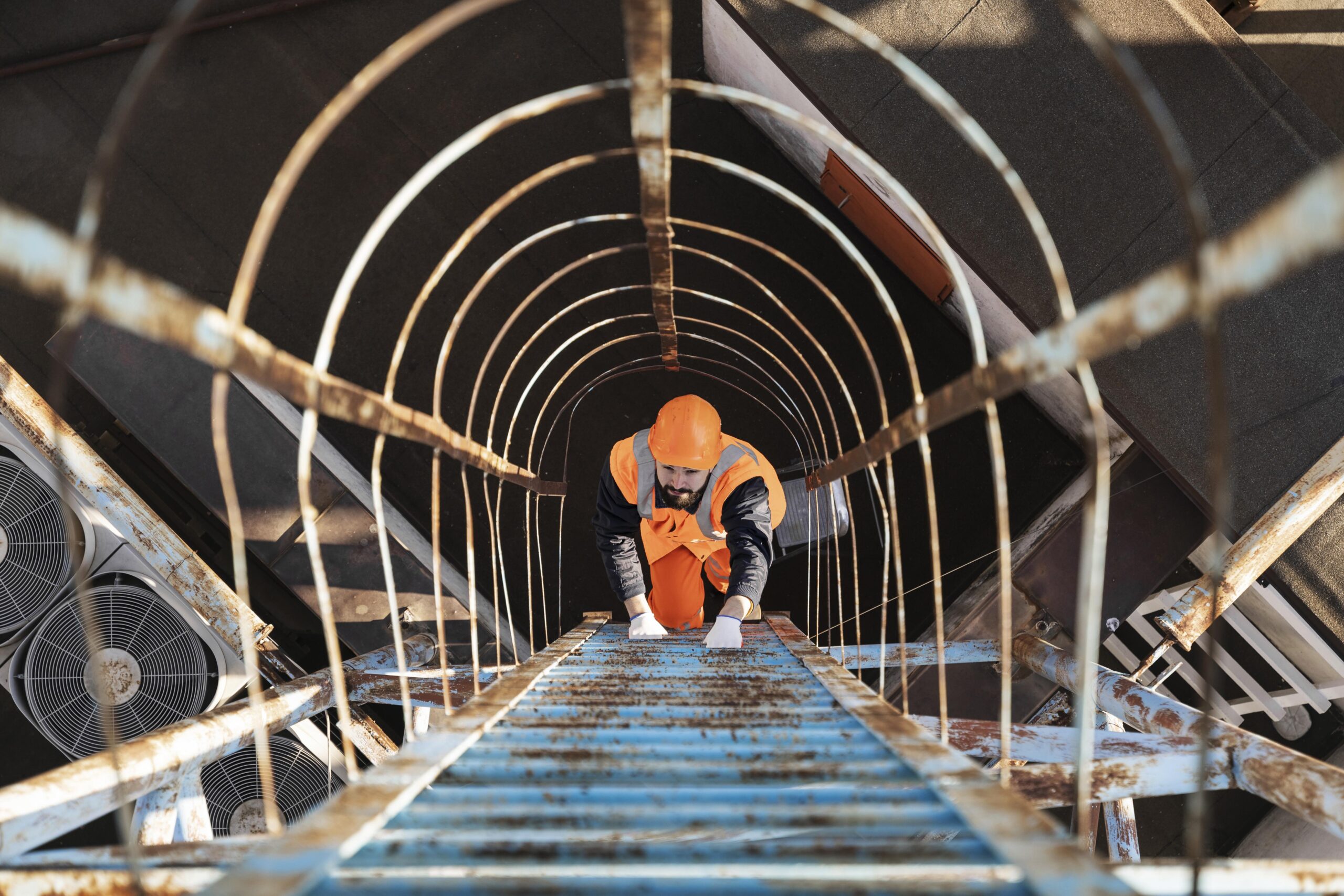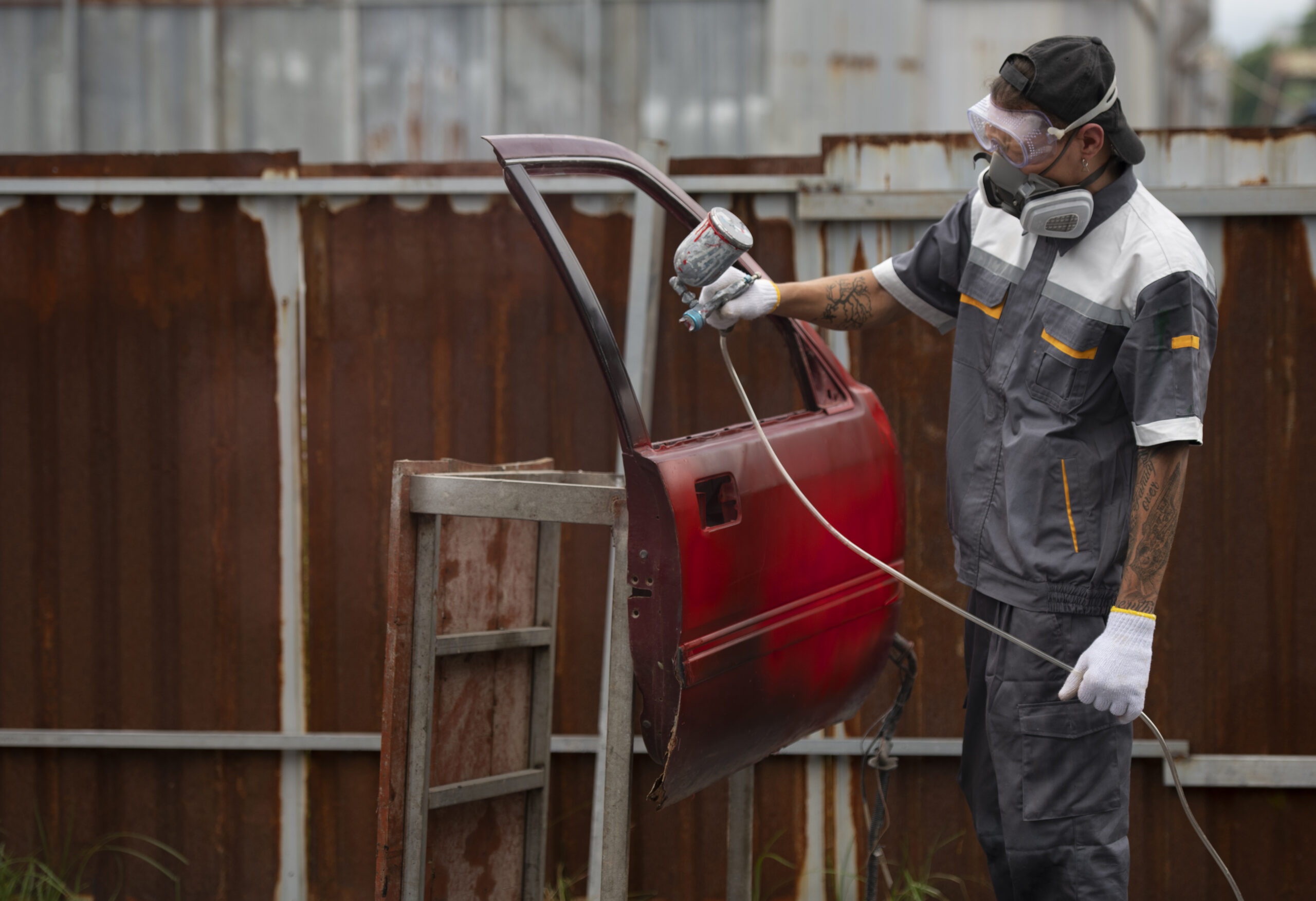A girth weld coating is a protective fluid coating placed on the metal surface of two pipes during pipeline construction when they are joined around the girth. These coatings, often made of epoxy pipeline or polyurethane, prevent corrosion. Granular rust and cracking corrosion are two types of corrosion that can affect older components such as welds.
To protect these welds, special corrosion protection procedures are adopted. The use of girth weld coatings, which are thicker than conventional pipeline coatings and designed to withstand higher temperatures. Choose us for any pipeline system service; we will fix your pipeline system with trust and experience.
What Is The Girth Of Weld Coating And Its Performance Expectations?
Girth welds are a variety of arc welding techniques used to join two pipes together during the pipeline construction phase. It depends on how easy they are to apply and how long they last. Is it environmentally friendly? They are used to make circumferential welds for underground and pipeline systems. They are employed in the pipeline sector for the following tasks.
- Basic welding
- Spray welding
- Repair welding
- Mechanical welding
Explanation of Girth Welds
To perfect and seal girth welds, the welder must make multiple passes. The most challenging pass, the root pass, must initially be completed by the welder at a predetermined speed—the fill thickness increases during the second pass, which is a hot pass. A third pass, called fill and cap pass, covers the connection and completes the welding operation.
The choice of welding process starts with the method of application, such as:
- Manual arc welding¬ or Shielded metal arc welding
- Gas metal arc welding
- Mechanical arc welding
- Laser beam welding, automatic arc welding
Tie-In – An Important Component Of The Girth Weld Coating
An essential element of girth welding is the tie-in. It refers to the connection of the pipeline to other piping network components. The term can also describe the relationships between different parts of a pipeline. It can also refer to improvements made to an existing plumbing system. Examples include cylinders, spool components, and bolts.
The tie-in methods used depend on welding techniques developed about 40 years ago. These techniques demand a high level of human labor and welding skills. On the pipeline inside its trench, tie-ins are made. Two complete piping sections must be placed together to form a weld junction.
Therefore, adding more machinery to the pipe is not practical. Actions can take externally to solve this problem. The alignment, preparation, and accuracy of the pipe sections are critical for solid and reliable weld joints.
Girth Weld Coating Processes
All repair welding and mainline welding require girth welding techniques. Because welding pipes requires a high level of experience, girth welding is more complex than other types of welding. It is also more difficult because welding can be affected by unfavorable weather conditions. You can do Girth welding by using different techniques.
Different Types and Application of Girth Welding
1. Gas Metal Arc Welding
One of the best production rates achieved by GMAW. Significant submission efficiency is responsible for this. In GMAW, between 90 and 97 % of the weld line is converted to filler metal. Unlike stick welding, you are scraping off any carbon after welding is unnecessary. Another reason for great productivity is this.
There is less vapor production. As a result, it is a safe method for welding professionals. Less hydrogen generation means that hydrogen embrittlement and fracture growth are less likely. Additionally, the GMAW has a reasonable travel rate and is accessible to experts.
2. Shielded Metal Arc Welding
The simplicity and portability of the device are its main features. Stick welding is, therefore, suitable for outdoor areas where heavy machinery may need to move over rough terrain. Stick welding electrodes have a flux coating that produces shielding gas and flux, thus requiring no external shielding. Stick welding is, therefore, applicable even when there is a strong wind.
Since it is often one of the first welding techniques that welding professionals learn, a significant pool of experience is also easily accessible. But you should also be aware of its limitations. Productivity is not very high due to the slow travel speed.
3. Submerged Arc Welding
Minimal emissions are produced by submerged arc welding, its main feature. Arc radiation is also present, but not excessively. These components contribute to submerged arc welding safe zones for welders. With coating effectiveness of over 95%, that’s pretty high. As a result, the productivity of this welding technique is excellent.
Due to the welding process’s submerged nature, air or wind is not possible, which can cause welding defects by removing the protective gas layer. The resulting welds are often accurate and robust. But, there are some limitations. The installation of filler material is more difficult to monitor because there is no observable arc.
4. Flux-Cored Arc Welding
SMAW and this welding procedure are pretty similar. The main difference between the two is that, as the names suggest, flux-cored arc welding contains the flux material. Since the core produces a shielding gas layer, no external shielding gas is required. Over 80% is a respectable metal collection efficiency.
FCAW also works well in difficult welding positions. It performs significantly better than GMAW when controlling rust and mill scale.
5. Gas Tungsten Arc Welding
Due to its superior welding capabilities, GTAW is often the ideal option for precision welds and critical junctions. This creates welds that are not only incredibly strong and reliable but also attractive. However, there are potential drawbacks. Low layer thickness and travel speed result in poor production.
Second, UV rays are much stronger than other processes. Therefore, welding operators must have fitting helmets to block intense UV rays. The cost of tools is also high. This means a large initial outlay. The cost of welding depends on the product.
Conclusion
In this article, we learned that according to the approach of the method and the surrounding conditions, a range of girth welds and flame welding helps to connect different pipes to a framework during pipeline development. They make border welds in underground and pipeline systems called weld coating. We also know how well Gareth did in the article. What are the different types, how do they work, and what are their purposes?





